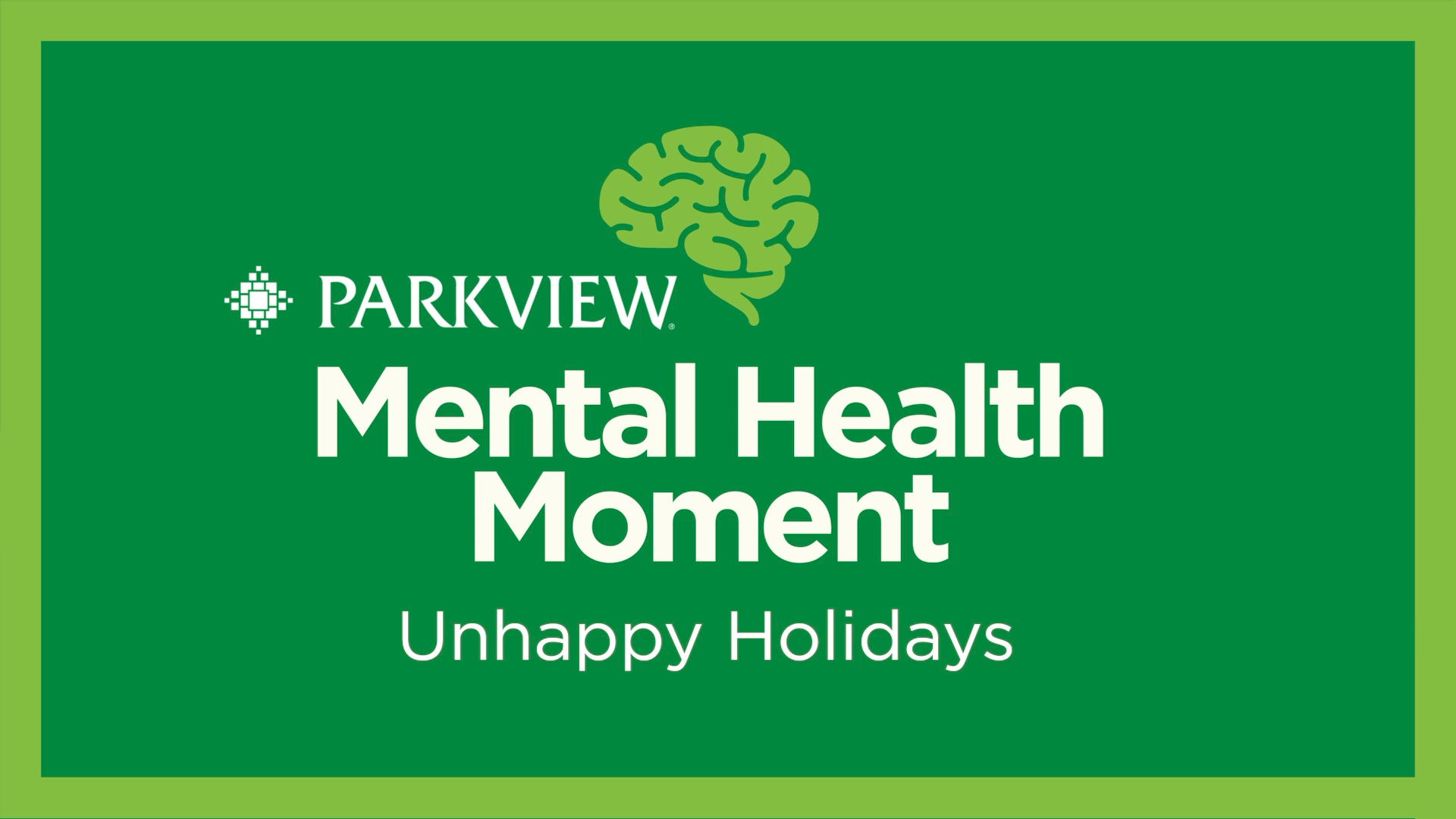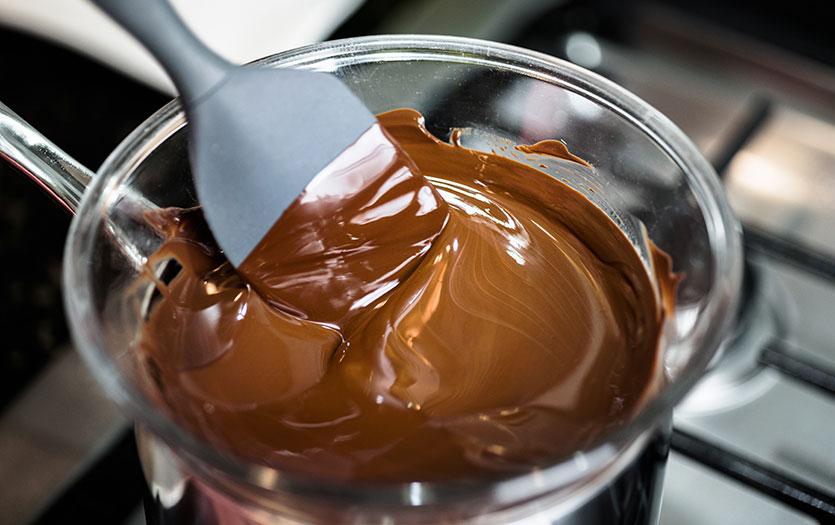
Enjoy this monthly mindfulness post from Dave Johnson, PhD, CNS- BC, LMFT, employee assistance specialist.
Every winter, my family gets out a large 1,000-piece jigsaw puzzle to assemble during the colder months. With a warm beverage in hand, we place a puzzle on the kitchen table, near a window where one can peek out and see the birds and squirrels clustering playfully on feeders. Family members gather to communally help put the puzzle together. Conversation of the past will flow, be a bit random and fun, and all participants encouraged and welcomed.
Over the past several years, my adult children launched into their own lives, and the tradition continued. Sort of. This season I noticed my wife and me taking a few weeks to complete the puzzle, which in the past, with the help of many hands, took only a few days. And this year, there would be times when I would sit at the table alone with the puzzle pieces. Where did my life go? When did this change happen? Should the puzzle tradition continue for me or had it lost its impact? What was my purpose in sitting at a table surrounded by a 1,000 disconnected pieces of irregular shapes? Certainly, I had better things to do, something to accomplish, places to go, books to read …
I began to reflect on how the puzzle was more than a metaphor for the life journey. Most of my mindful meditation practice is formally done in a quiet, peaceful posture of non-doing with the intention of coming out of my thinking and overthinking mind. As I slow my breathing and sink into my body, sometimes I feel calm, non-judgmental, and in the simplicity and stillness, a softness of sensory awareness. I experience a connectedness with all that is good and whole. It’s flowery, but it’s true; I drank the Kool-Aid of mindfulness meditation. While I practice formally daily, every moment is also a possibility to practice informally as well. Mindful running, bird watching, or simply being observant and watching a passing moment all count.
But what about a jigsaw puzzle has me so mesmerized? Having time to “practice” the puzzle meditation by myself and with my wife gave me a bit of time to reflect on the journey. And so I ponder the art of the puzzle, as perhaps a way one can practice this meditative process called mindfulness.
- Intention. In years past, the intention with making a puzzle was to have something informal, not too demanding, in a central place where family gathered for a bit of fun. Today, as I sit by myself with the puzzle, can I simply call to intention the letting go of other demands and appreciate the beautiful picture that sparks joy? A new puzzle to start a new year, so I ramble in reflection … Uncertainty and diversity with lots of pieces and many connections; Simply to be with what is in front of me; Taking in without drama or demand that which will unfold, sometimes feeling challenged, and an assortment of ambiguity sprinkled with lots of uncertainties. I have a glimpse at what the puzzle will look like when completed by the picture on the box. Gosh if life were that simple.
- Attention. I come to my senses. All of them. I feel the warmth of my cup of strong black coffee and the aroma of a new day. I sort shapes, and edges, and colors. I feel drawn to complete the outer edge. My beloved wife, Rosie, of 40 years joins me. We work side by side, partners, as we have done throughout the life journey. She is quick to put whole sections together rapidly. I feel a bit of competition inside me and joy of a union that helped get this puzzle moving forward. Some conversation beyond the puzzle ensues between us, but mostly a gentle, quiet, knowingness that I can count on her to pick pieces and create an order that I could not and did not want to achieve alone. I feel satisfied. Content. Connected.
I use my phone to snap a picture of the completed outside rim and text it to my adult kids, who are scattered in a few states. I let them know that the annual puzzle tradition is underway. They text back to encourage us to share updates along the way. I’m drawn to the imagery on the box of two silhouetted retro bikes with the backdrop of a sunrise on a street of historic row houses. The scene feels familiar, like our time biking in New York City, Northern Virginia or West Central in Fort Wayne. Many memories come forward. I am high-jacked in thought and flooded with goodness of many biking paths with my children and grandkids. I sip some coffee slowly, breathe my body, and come back to the puzzle’s edge.
- Attitude. Rosie leaves for work very early on Monday morning. As a professor, I have papers to grade, courses and classes to prepare for, but I choose the puzzle for 30 minutes or so. I am present in the stillness of a large 6-bedroom home, once lively with chaos of children now grown and launched. Recently, over the holidays, the home was filled with the sounds and energy of 10 grandchildren, children and their spouses. Today there is no chaos, and it is extremely quiet. I hear the blowing motor of the furnace and buzzing lights. I am alone with the puzzle. I let my hands touch the smooth shiny surface of several pieces; All pieces neatly sorted by color. I choose calm, non-judgment, curiosity. I linger. I slip out of trying to complete the puzzle as my hands and eyes and breathing move into a zone of flow. Several pieces quickly come together. A spark of success emerges within my spirit. I breathe my body and return to the cultivation of an attitude of tenderness, gentleness and non-competition. I am generally a very competitive spirit, but this time, in this space, alone with my puzzle, I simply join with the pieces. Softly the outer puzzle ridges continue to fill in. My body and mind don’t want to stop. Timelessness for moment, but my day demands me to put down the unfinished pieces and go to world of work.
- Non-attached doing. Later in the week, I come back to the kitchen table. It has become part of the week’s journey, with Rosie and I both putting a piece into place here and there. Today I want to recreate the flow of energy I experienced earlier in the week. I want the Zen, the calm connectedness and unitive presence of goodness. The more I try to recreate the mood, the more scattered and frustrated I feel. Darn puzzle! Come on. I think.
I pause and reflect about the push and pull of my life. How there have been times when everything seemed to be coming together and making sense and life was good. And other times of struggles where work was hard, demanding, and well …. brutal and unfair. I remember the Christmas we lost my oldest son to liver cancer. I recall a challenging situation with another family member. Deaths of parents would mean I truly was an adult. I sat with the puzzle and noticed my attachment to wanting to complete it somehow getting in the way of joining with what was simply unfolding. Life has a way of shaping the picture. I fast forward and recall past puzzles where some pieces were missing from the box or an extra piece with no place to go was left alone. I notice the resemblance to a life that is joyful and a struggle, very messy, confusing, expansive and beautiful.
- The beginning. Today the puzzle is almost complete. My zest for starting the puzzle the first of the year has evolved beyond the illusion that satisfaction would arrive when it was completed. I reflect on the many years I would leave the completed masterpiece on the table for a day or two to admire. I came to better appreciate the hard work or happy hands and voices that had joined in its season of goodness before I would box it and share with a friend or store with the many other puzzles of years gone by. Sometimes I know there is the emotional rush to finish the last piece quickly and then sometimes the unanticipated feeling of knowingness that life can never really be repeated. As a family, I know we often attempt with our holiday and life traditions to go back again and again with the same food, music, gatherings and festivities, with the hope of rejoining the joy of what happened in the past. The puzzle has taught me a new lesson this year. Don’t rush it. Take it all in. Don’t force it. Gently let it come together. Feel it. Be. Heal. Piece by Peace.
Other resources:
WWW.InvisibleInklings.com (sign up for free monthly word-based mindful healing exercises) from Dr. Dave and Kathy Curtis, Parkview Healing Artist
For a free 1:1 in person or phone consultation with Dr. Dave or to find out about more on Mindfulness & Stress Management programs, contact the Parkview Center for Healthy Living at (260) 672-6500. Dr. Dave also provides on-site guidance for teambuilding and transformational leadership, among other topics. To learn more about Employees Assistance Programs for your company, call Business Development at (260) 373-9013. Mindfulness-based stress reduction (MBSR) practice has been extensively researched and proven helpful for coping with stress and change, grief, healthy eating patterns, pain, anxiety, depression and many other chronic disease and autoimmune disorders.



